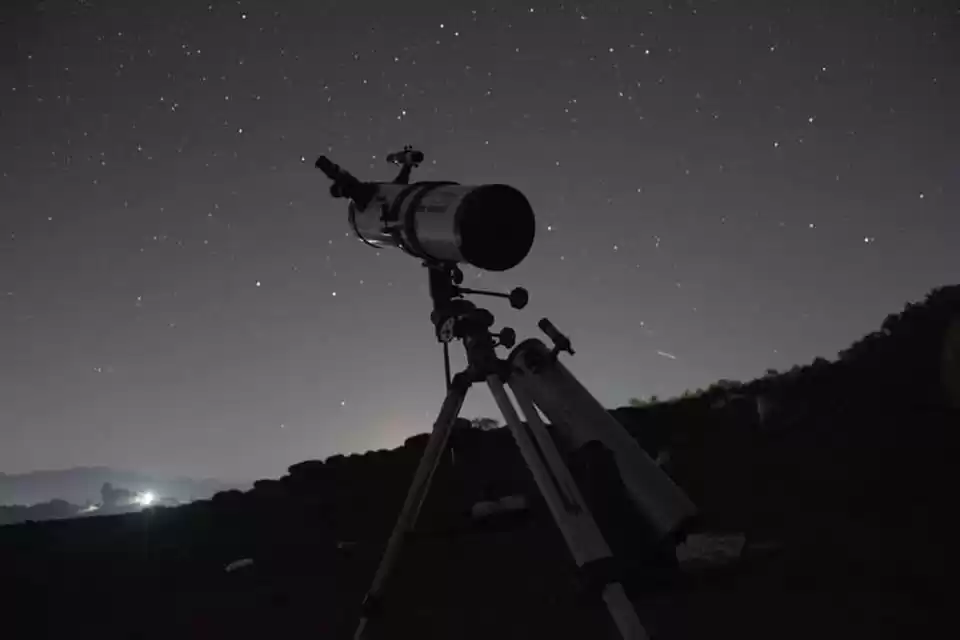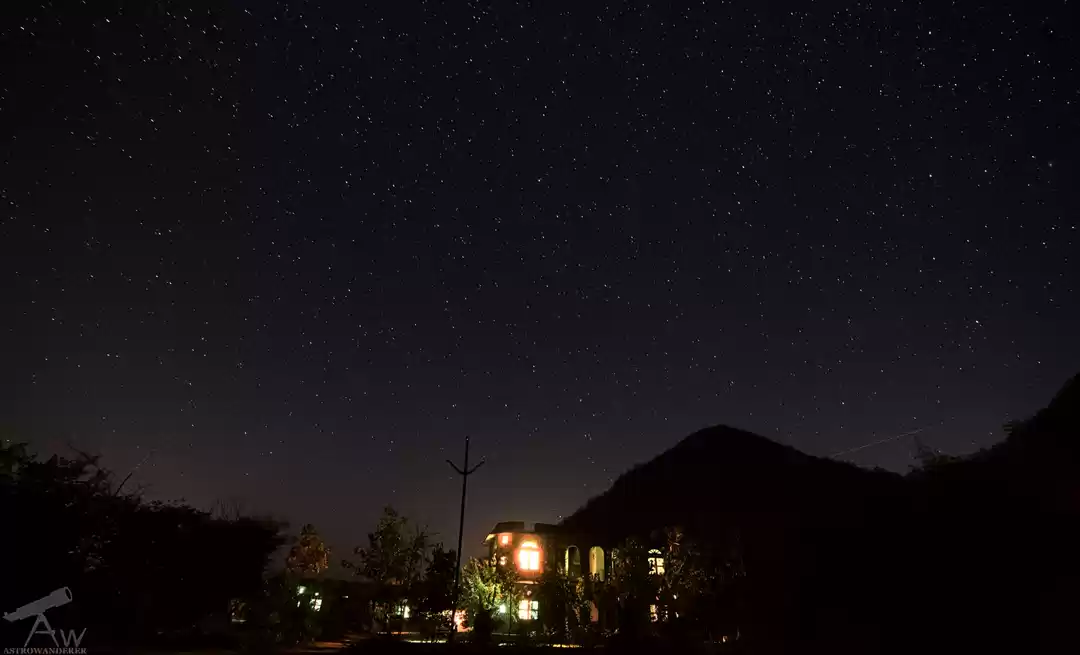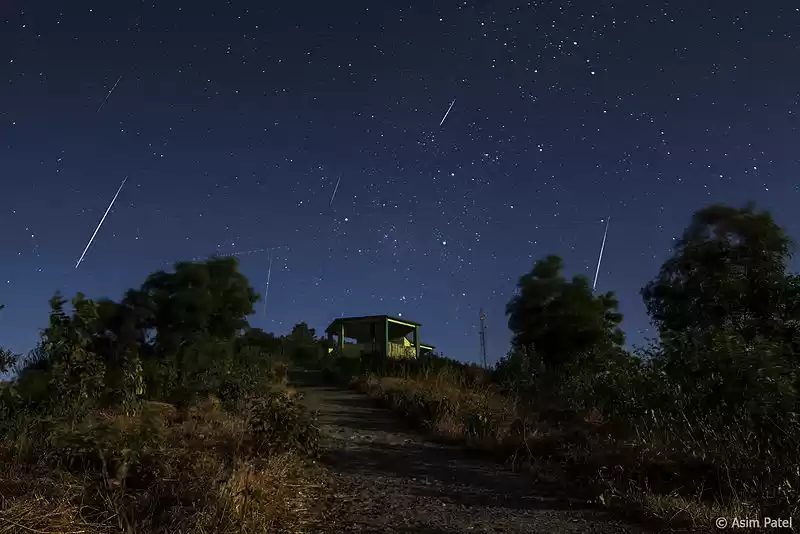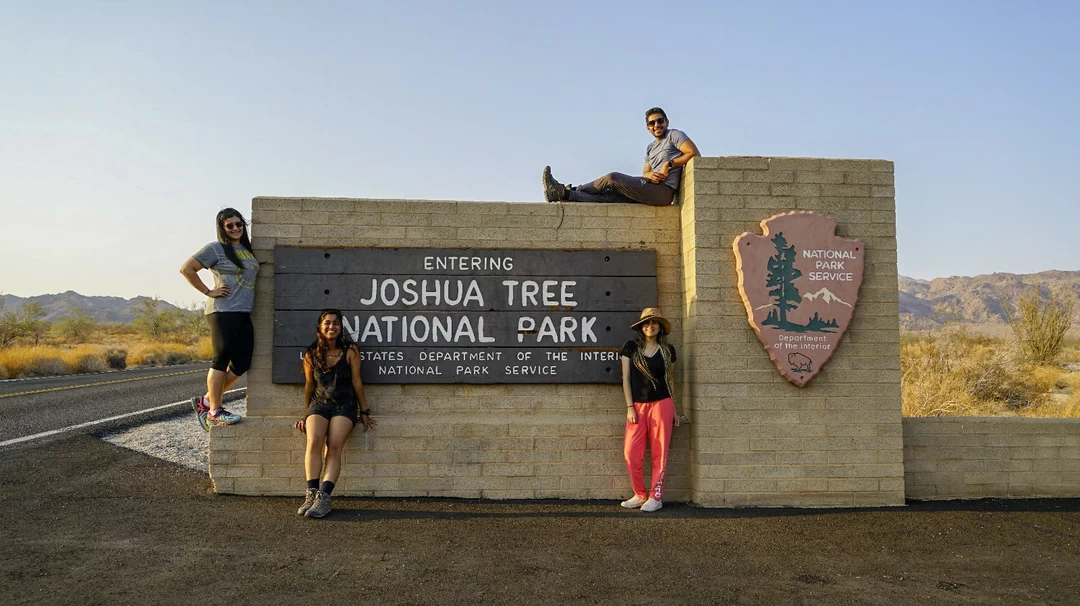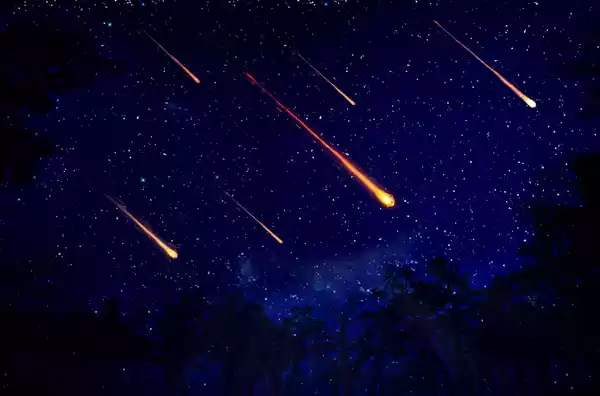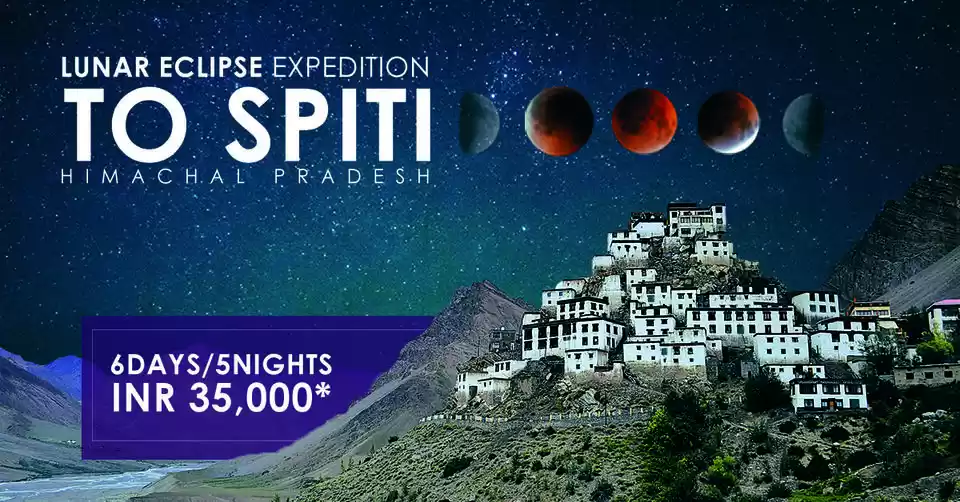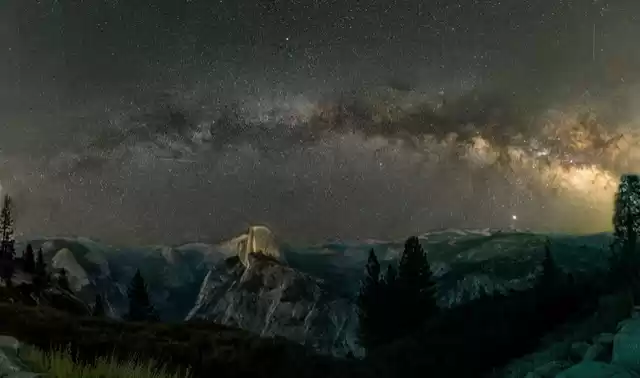
With each year bringing in its own sets of eclipses, comets, meteor showers, and much more, any traveler will agree that the night sky becomes a major part of their life. People all across the world plan their travels according to major astronomical events throughout the year, planning treks to high peaks or visits to dark places with limited light pollution to witness some of the best phenomenons the Universe has to offer.
So if you're a serious astronomer, passionate photographer, or just a night sky lover, here is the ultimate astronomical calendar for 2019, and the places to visit during these events- curated just for you!
January
The massive salt flats of Rann of Kutch with its clear night skies make for a great opportunity to capture some of the most magnificent astronomical events throughout the year. But with the temperatures ranging between just perfection, January should be the time to go!

1. The new year will begin with one of the best showers of 2019, as the brief Quadrantids occur, with a Zenithal Hourly Rate (ZHR) of 100. A ZHR is the number of meteors that are likely to be seen by a single observer looking at an unobstructed view of the night sky for a period of one hour. The Moon will be at 5% illumination, waning crescent, and this will make for the perfect opportunity for the sky lovers to kick start their new year! Active from December 27th to January 10th, 2019, the shower will be at its peak on the night of 3-4 January.
2. Venus is set to make its best appearance of the year early on, reaching its maximum elongation on January 6. Since Venus will be at its highest point above the horizon in the morning sky, this early morning will be the best time in the entire year to view this majestic planet. Venus will be best visible right before sunrise in the eastern sky.
3. On 21 January, a total lunar eclipse will be visible for a duration of 1 hour, 1 minute. Lunar eclipses are a major event for photographers all over the world, and this eclipse will be majorly visible over the Atlantic, and the North and South Americas.
February
If you're worried about the extreme February weather of colder places like North India, the Sambhar Salt Lake in Rajasthan is a good option, with the mild winter temperature coupled with the clear pollution free skies!

1. Mercury is set to make its best appearance of 2019 on February 27, reaching its maximum elongation and making it a pure delight for night sky observers. Being the brightest above the horizon in the year, it will be best visible right after sunset over the western sky.
2. Discovered in December 2018, Comet Y1 Iwamoto is going to be at its closest to Earth during early February.
April
With warm sunny skies and cold starry nights, Parashar Lake is the go to place for any star gazers looking for clear skies and manageable nights.

1. The Lyrids Meteor Shower is an average shower, producing about 20 meteors per hour at its peak. Produced by the dust particles left behind by comet C/1861 G1 Thatcher, discovered in 1861, this shower can be observed from April 16-25. It peaks on night of the 22-23rd April. These showers often produce bright dust trails that last for a few seconds. The waning gibbous moon will block many of the fainter meteors, but one should still be able to catch some of the brightest ones.
May
With the Milky Way season in full swing and the mercury starting to become manageable in the mountains, it is a no- brainer that one should head to the magical Spiti Valley! Known for some of the best night skies in India, May sounds like the perfect time of the year to pack your bags and head to this Middle Land!

1. The Eta Aquarids is an above average meteor shower, producing up to 30 to 60 meteors per hour at its peak. Although most of the activity will be seen in the Southern Hemisphere, the Northern Hemisphere can see about 30 meteors per hour. Produced by dust particles left behind by comet Halley, this shower runs annually from April 19 to May 28, peaking on the night of May 6 to 7. The thin crescent moon will help in viewing the shower better, as it will set early below the horizon.
July
As July rolls in, so do the monsoon clouds that loom over every sky lover's stargazing dream. So the perfect destination during these months is a place where monsoons don't hit as much, making Sariska, India's second darkest place, the perfect place to go!
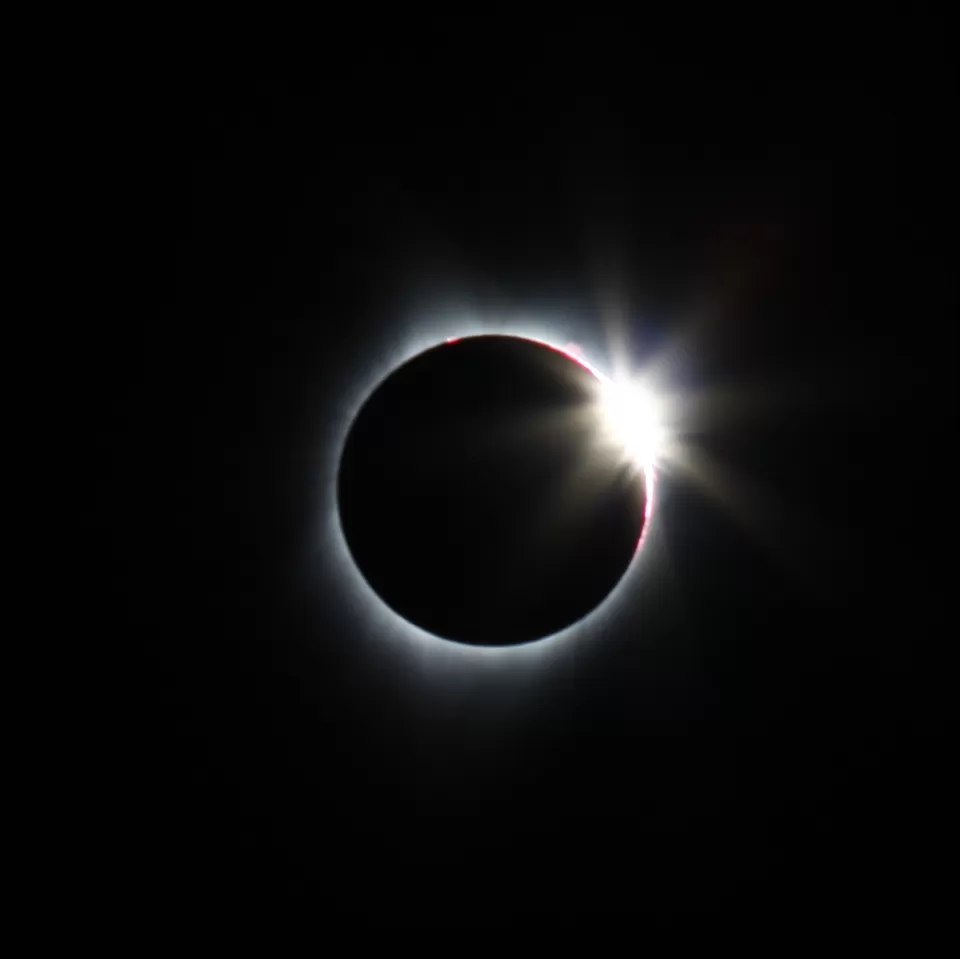
1. A total solar eclipse is set to occur on July 2, with the moon completely blocking the Sun, revealing the Sun's beautiful outer atmosphere known as the corona. The total eclipse will only be seen in parts of the southern pacific Ocean, central Chile, and central Argentina. A partial eclipse will be visible in most parts of the southern Pacific Ocean and western South America.
2. The Delta Aquarids meteor shower is an average shower producing up to 20 meteors per hour at peak. Produced by the debris left behind by comets Marsden and Kracht, this shower can be seen from July 12 to August 23. It peaks this year on the night of July 28 to 29. The waning crescent moon will not be an obstruction while viewing the shower.
August
August is, like every other time of the year, the perfect month to hit the mountains. And with the Perseids Meteor Shower in full swing, a small trek shall give you some of the best views, making Hatu Peak in Narkanda near Shimla your go to August destination!

1. The Perseids meteor shower is one of the best annual meteor showers, producing up to 60 meteors per hour at peak. Produced by comet Swift-Tuttle, discovered in 1862, this shower runs annually from July 17 to August 24 and peaks on the night of August 12 to August 13. The nearly full moon will be a bit of obstruction in viewing the faintest meteors, but the Perseids are so bright and numerous that it could still be a good show.
October
With the Milky Way season about to end for the year, Andaman and Nicobar Islands is the perfect place to catch the last remaining glimpses of the galactic core. What's even better is that the peak season hasn't begun yet, making this trip easier on your pocket too!

1. The Draconids Meteor Shower is a minor meteor shower producing only about 10 meteors per hour. It is produced by dust grains left behind by comet 21P Giacobini-Zinner, first discovered in 1900. An unusual shower, The Draconids is best viewed in the early evening instead of early morning. Running annually from October 6-10, this shower peaks on the the night of the 8th. The first quarter moon will set shortly after midnight leaving fairly dark skies for observing.
2. The Orionids meteor shower is an average shower producing up to 20 meteors per hour at its peak. It is produced by dust grains left behind by comet Halley. Running annually from October 2 to November 7, it peaks on the night of October 21 to 22. The second quarter moon is likely to block some of the fainter meteors this year, but the Orionids are supposed to be fairly bright so it could still be a good show.
November
Catch the onset of the winter in the pristine Meghalaya, as you enjoy crystal clear night skies and the cool early winter nights over unlimited cups of the lesser explored Orthodox Meghalaya Tea!

1. The Taurids meteor shower is a long-running minor meteor shower producing only about 5-10 meteors per hour. It is an unusual shower and consists of two separate streams, the first produced by dust grains of Asteroid 2004 TG10, and the second produced by debris left behind by Comet 2P Encke. The shower runs annually from September 7 to December 10 and peaks on the the night of November 5.
2. On November 11, the planet Mercury will move directly between the Earth and the Sun. This is an extremely rare sight, and the next time this phenomenon will occur will be in 2039. Viewers with telescopes and solar filters will be able to observe Mercury moving across the surface of the Sun. This transit will be best visible throughout all of South America and Central America, parts of North America, Mexico, Europe, the Middle East, and Africa.
3. The Leonids meteor shower is an average shower, producing up to 15 meteors per hour at its peak. This shower has a cyclonic peak about every 33 years where hundreds of meteors per hour can be seen. That last of this occurred in 2001. The Leonids is produced by dust grains left behind by comet Tempel-Tuttle, discovered in 1865. The shower runs annually from November 6-30, and peaks on the night of the 17th to 18th.
December
End this beautiful astronomical year in the lap of the Garhwali Himalayas of Uttarakhand, as you catch some of the last renaming spectacles of 2019, surrounding by massive mountains and the crisp winter air!

1. The Geminids meteor shower is known to be the king of all meteor showers. Producing up to 120 multicolored meteors per hour at its peak, it is considered a special phenomenon for all star gazers. It is produced by debris left behind by an asteroid known as 3200 Phaethon, discovered in 1982. Running annually from December 7-17, it peaks on the night of the 13th to 14th. Unfortunately the nearly full moon will block out many of the meteors this year, but the Geminids are so bright and numerous that it could still be a good show.
2. The Ursids meteor shower is a minor one, producing about 5-10 meteors per hour. It is produced by dust grains left behind by comet Tuttle, first discovered in 1790. The shower runs annually from December 17 - 25, and peaks on the night of the 21st to 22nd. The waning crescent moon should not cause hindrance in viewing the shower.















